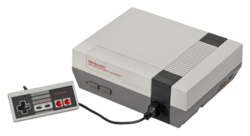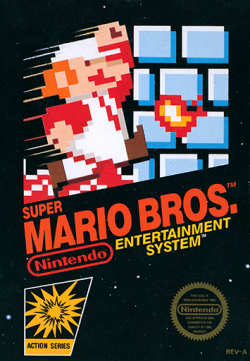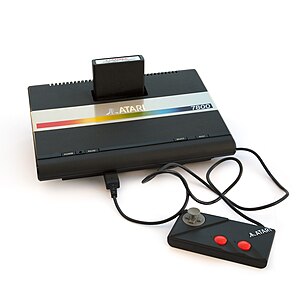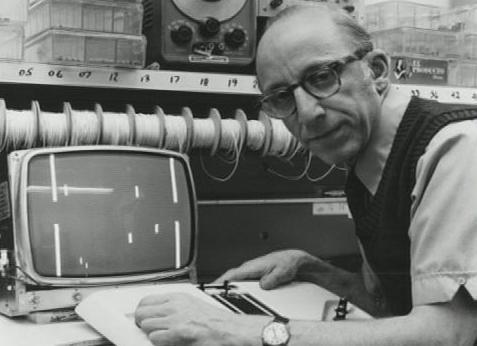 |
| Which was one of the earlist magazine that covered the 'mircocomputer revolution. Published from 1974 untill December 1985 |
 |
| Founded
in 1981 by Russell Sipes as a bimonthly publication and final issues 2006 |
Nevertheless, in 1983 there was a serious event that brought an abrupt end, to what is considered the second generation of console video gaming. This crash happened in North America. This second generation were sometimes referred to as the early 8 bit era. So the crash almost destroyed the industry and led to bankruptcy of several companies producing home computers and video game consoles in North America.
 A few years later the video-game industry was revitalized mostly due to the widespread success of the Nintendo Entertainment System (NES) which was released in North America in 1985.
A few years later the video-game industry was revitalized mostly due to the widespread success of the Nintendo Entertainment System (NES) which was released in North America in 1985.
The NES offered a bundle with SuperMario Brothers and was an instant success, for over 20 years. Super Mario Bros, was the best-selling video game of all time ( lol before it was outsold by Nintendo's own Wii Sports in 2009 )
 |
| Funny to know this was released on September the 13th 1985jp. It's the same month and day for my birthday, though I was born 5 years later lol. |
 |
| The play controls Mario throughout the Mushroom Kingdom. Mario abilities can changed by picking up certain items |
So the NES dominated the Market in both North America and Japan until the rise of the next generation of the consoles in the early 1990s. Since other markets were not as heavily dominated, this allowed other consoles to find an audience.
October 1985 in Japan, Sega released Sega Mark III it was also released to North America in 1986 and 1987 in Europe, with the name Master System.
The Master System was released as a direct competitor to the Nintendo Entertainment System in the third video-game generation. Sega had it's consoles in European, Oceanic and Brazilian markets, this allowed Sega to outsell Nintendo, due to its wider availability. However the NES sold by far the most units of any third generation consoles in North America and Japan. This was due to its earlier release, its strong lineup of first-party title. The Master Systrem was finally discontinued in the late 1990's, while Nintendo of Japan continued to repair Famicom systems untill October 31, 2007.







_gold.png)









